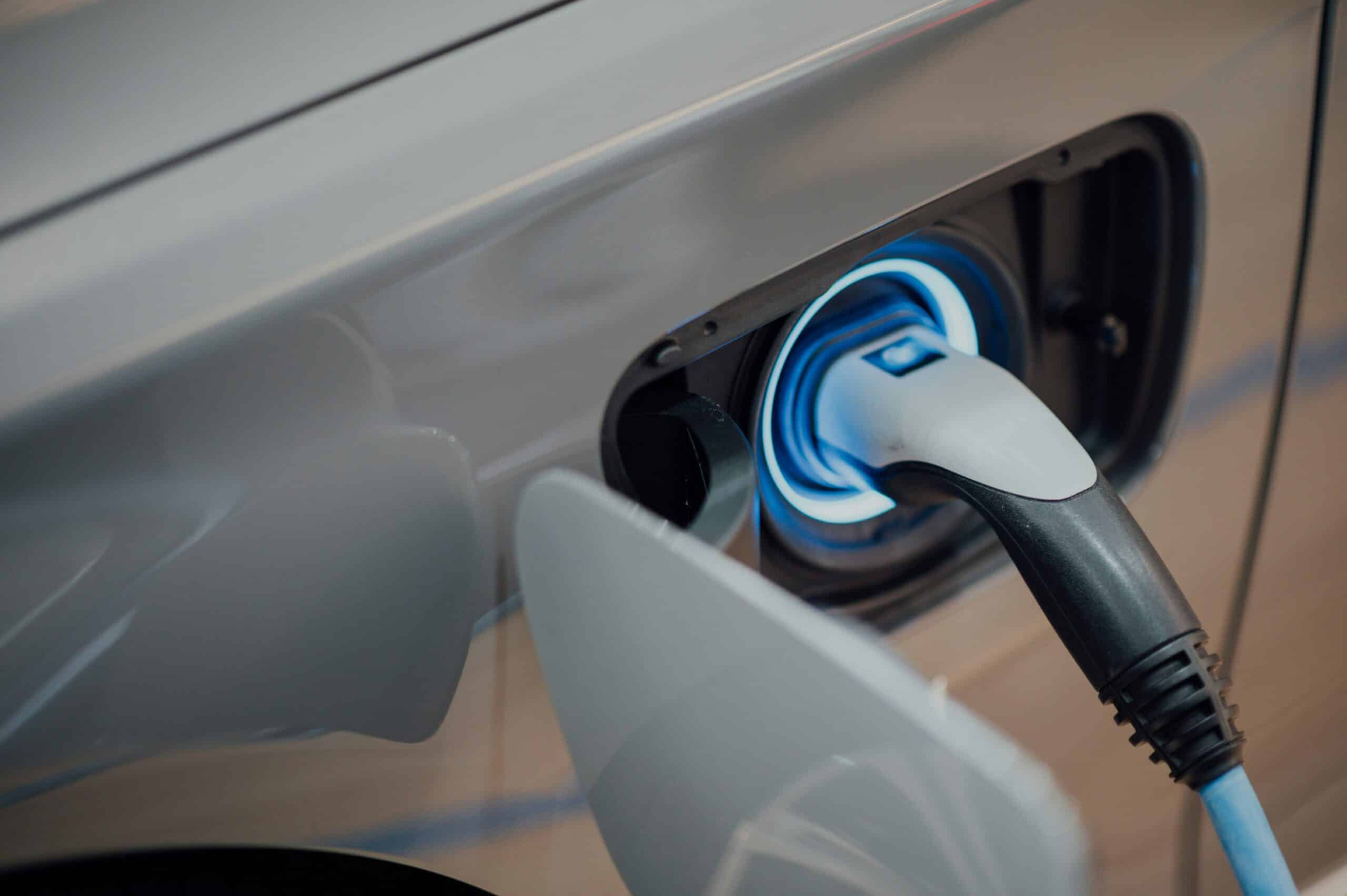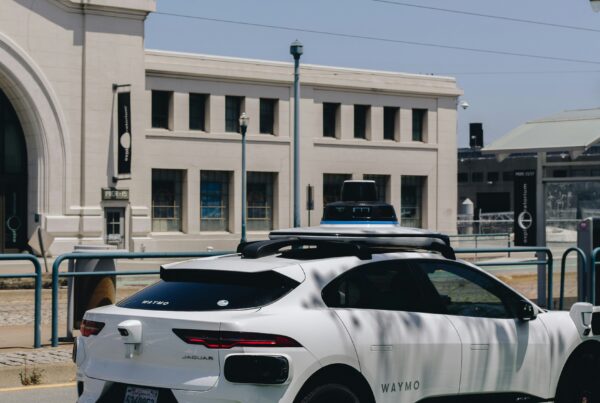From Road To Grid: The Role Of Power Electronics In Vehicle-To-Grid Technology
The future of transportation is no longer just about getting from point A to B, it’s about how vehicles can become an active part of the energy ecosystem. With the rise of electric vehicles (EVs), a new opportunity is emerging: Vehicle-to-Grid (V2G) technology. This innovation allows EVs to send electricity back to the grid, effectively turning them into mobile energy storage units. At the heart of this transformation is power electronics, which plays a critical role in making V2G systems efficient, reliable, and scalable. This technology has the potential to create a more flexible, sustainable, and efficient energy system—bridging the gap between renewable energy and transportation.
What is V2G and Why Does It Matter?
V2G technology enables bidirectional energy flow between EV batteries and the power grid. When demand for electricity is low, vehicles can charge as usual. But when demand spikes, they can discharge excess power back into the grid, helping stabilize energy supply and reduce reliance on fossil fuels. This is especially valuable as the world transitions to renewable energy sources, which can be intermittent in nature.
The global shift towards renewable energy comes with challenges, particularly grid stability. Solar and wind energy are variable, meaning their output fluctuates depending on weather conditions. V2G can help stabilize the grid by acting as a distributed energy storage solution. Instead of relying solely on large power plants or dedicated battery storage, utilities can tap into a network of EVs to smooth out energy supply fluctuations.
For EV owners, V2G also presents an opportunity to earn money or reduce energy costs. By selling excess energy back to the grid, drivers can offset their charging expenses or even turn their cars into revenue-generating assets.
How Power Electronics Enables V2G
The ability to move electricity between vehicles and the grid depends on advanced power electronics—specifically, bidirectional inverters and converters. These components:
Convert AC to DC and back again: The grid operates on alternating current (AC), while EV batteries use direct current (DC). Power electronics manage this conversion efficiently.
Ensure energy flows safely: Voltage levels must be adjusted dynamically to match grid requirements. Intelligent power management systems ensure that EV batteries discharge power without causing disruptions.
Optimize efficiency and battery life: Smart power electronics ensure that energy transfer is efficient while minimizing wear on EV batteries.
What This Means for Hiring in Power Electronics
As V2G adoption grows, so does the demand for power electronics engineers who can design, develop, and optimize these systems. Key skills in demand include:
- Power conversion and inverter design for bidirectional energy flow
- Embedded systems programming for intelligent power management
- Battery management system (BMS) expertise to optimize charging and discharging cycles
- Grid integration knowledge to ensure compliance with energy regulations
Companies working on V2G will need engineers who can innovate in these areas, creating exciting opportunities for professionals in automotive power electronics, smart grid technology, and energy storage.
For professionals in power electronics, renewable energy, and automotive engineering, this is an exciting time. The intersection of mobility and energy is creating new opportunities, and those with the right skills will be at the forefront of this transformation.
If you are looking for new opportunities in this sector or are looking to further build your existing team, feel free to reach out to shubhangi@akkar.com to have an introductory chat.







